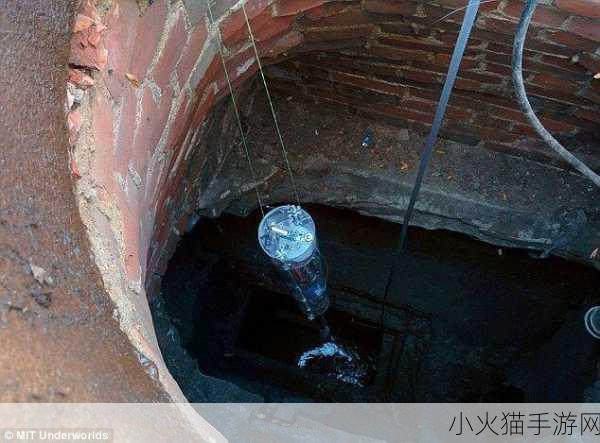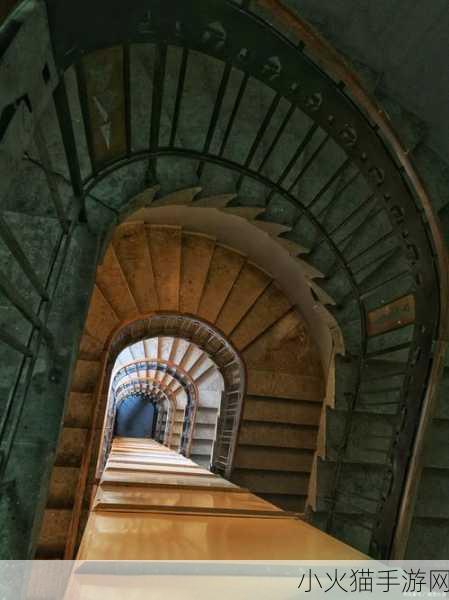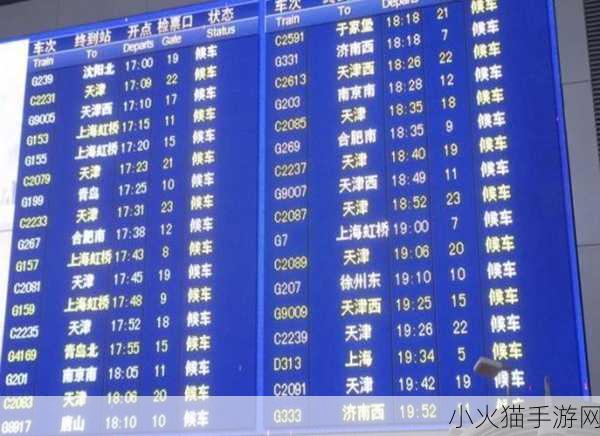日本的下水道文化:隐藏在城市地下的奇观
提到下水道,许多人可能首先想到的是肮脏、暗淡和不堪入目的环境。然而,在日本,这些通常被忽视的地下通道却展现出独特而引人入胜的一面。作为基础设施的重要组成部分,下水道不仅承担着排污功能,还承载了丰富的历史与文化内涵。
世界上最先进的下水道系统之一
东京拥有全球最复杂且高效的下水道网络之一。这一系统设计之初旨在抵御自然灾害,尤其是频繁发生的台风与暴雨。通过科学合理的方法,将洪涝影响降至最低。在极端天气条件时,北京市区可迅速将积水导向专门建设的大型蓄水池,以避免城市淹没带来的损失。

艺术融入日常生活
不少游客对日本街头的小巷子情有独钟,而鲜为人知的是这些小路往往连接着精美绝伦的人行天桥及地下空间。一些地方甚至举办“下水道人文活动”,吸引众多爱好者参与其中。参加者可以参观那些原本看似平凡无奇,却因当地政府理念创新变得生动活泼的新式公共厕所。这种形式不仅提升了社区卫生,也让居民感受到了一份归属感。
技术驱动未来发展
随着科技不断进步,日本在监测和维护方面也取得了显著成就。例如,通过安装传感器实时监控管网状况,实现数据分析降低维修成本。此外,无人机技术逐渐应用于检查和修复工作,使得这一过程更加安全、高效。不少工程师认为这种新兴手段能够大幅度提高作业效率并减少人工错误。

Tokyo Sewers: A Unique Attraction for Adventurers
This hidden aspect of Tokyo has become a niche attraction. Enthusiastic travelers often sign up for guided tours that take them deep into the city's underground labyrinths, where they can learn about the engineering marvels and historical significance of these structures. Some guides share intriguing stories about how this extensive network was built and maintained over decades.
The Cultural Significance of Drain Covers
A particularly fascinating element lies in Japan's decorative manhole covers. Cities compete to create unique designs reflecting local culture or history, turning an everyday item into an artistic statement. Collecting pictures of these colorful drain covers has become a hobby among both locals and tourists alike, adding another layer to exploring urban spaces.
Seizing Sustainability Opportunities
Sustainability is increasingly becoming a buzzword across various sectors; down below too! Many cities are implementing green solutions within their sewer systems—such as utilizing bio-filtration methods—to enhance water quality while simultaneously promoting biodiversity in urban areas.
/* The article will not have explicit conclusions but encourages readers to ponder upon interesting related discussions */ tag






